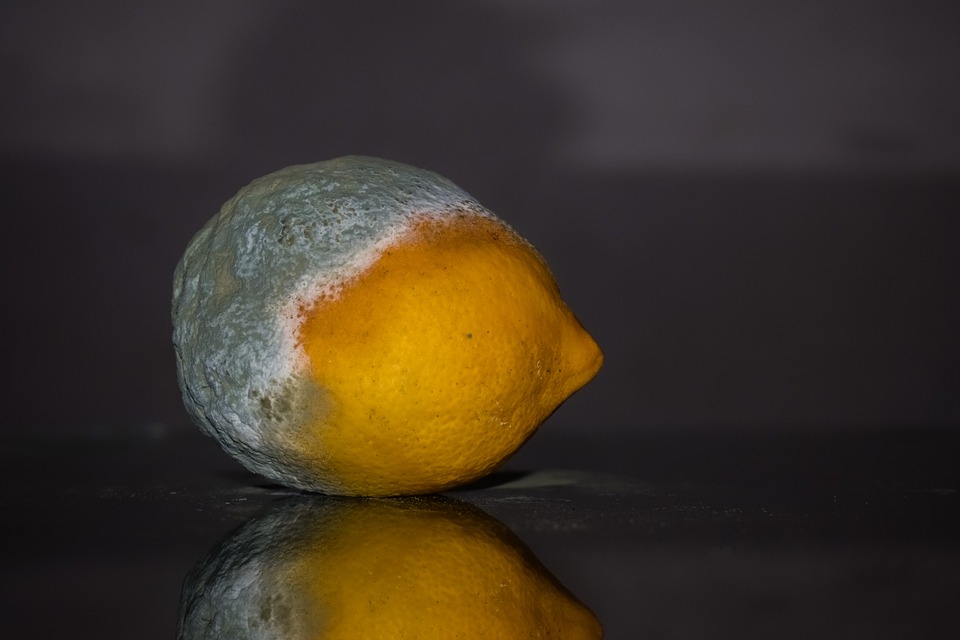For thousands of years, micro-organisms have been used to facilitate chemical reactions in beer brewing, for example. However, biochemical processes are incredibly complex, with a multitude of reactions taking place simultaneously and influencing one another. There are countless parameters that play a role, not all of which can be directly measured.
Despite the difficulties involved, researchers at TU Wien are now working on examining these processes in detail. Now, in cooperation with pharmaceutical manufacturer Sandoz, TU Wien has succeeded in analysing and comprehensively replicating a penicillin production process using a computer model. This process has even enabled researchers to determine parameters that cannot be measured directly. Sandoz is now making use of these findings to keep a full overview of the processes in the bioreactor at all times, ensuring optimum quality.
Black box replaced by in-depth knowledge
Many chemical reactions are easy to understand: if hydrogen is burned with oxygen, water is produced in a clearly predictable manner and in a volume that can be precisely calculated beforehand. But how can you calculate how quickly a fungus will grow and proliferate under the constantly changing conditions in a bioreactor?
For a long time, processes like this were seen as a 'black box' that cannot be understood and that can only be effectively exploited with a lot of experience. Many parameters that are vital to the process simply cannot be directly measured, such as the growth rate of the micro-organisms.
The model information can be used to optimise the nutrient supply to the cultivated cells while the process is ongoing.
The system of equations used to mathematically describe the bioprocess is as complex and multifaceted as the process itself. The system of equations describes a non-linear dynamic system. Even the smallest variations in the starting conditions can have a huge impact.
